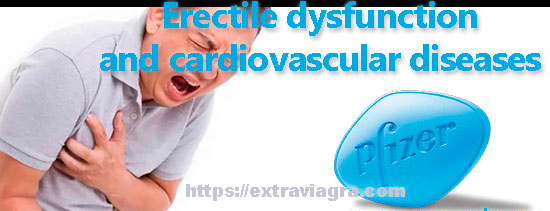Numerous studies in recent years have proven the relationship between ED and cardiovascular diseases. They are often caused by atherosclerosis, which is preceded by dyslipidemia. Atherosclerosis of the arteries of the penis, manifested by ED, is often the primary symptom of systemic atherosclerosis. Therefore, the detection of atherosclerosis in the vessels of one localization increases the chance of finding it in the vessels of another localization. Thus, like fever in the prodrome of influenza, ED can serve as a reliable predictor of cardiovascular diseases in general and atherosclerosis in particular.
Therefore, when dyslipidemia is detected, in order to improve the state of erectile function, in addition to PDE-5 inhibitors, the patient should be additionally prescribed hypolipidemic drugs, such as statins. Such combination therapy with regular use significantly increases the effectiveness of treatment with PDE-5 inhibitors. So, against the background of constant intake of atorvastatin (Liprimar), sildenafil increases the International index of erectile function by 50% (without it-25%). In addition, combined therapy with PDE-5 inhibitors and antihypertensive drugs prevents the progression of atherosclerosis.

The most difficult joint decision has to be made by a urologist and a cardiologist in men of the intermediate risk group, which includes patients with moderate stable angina, who have suffered a myocardial infarction within two to six weeks, as well as having extracardial manifestations of atherosclerosis (consequences of a brain stroke, obliterating atherosclerosis of the lower extremities) and left ventricular dysfunction/chronic heart failure of the second functional class (according to the classification proposed by the New York Association of Cardiologists).
On the one hand, the use of PDE-5 inhibitors, the gold standard in the treatment of ED, is generally quite safe. PDE-5 inhibitors (sildenafil citrate – Viagra) were originally developed as vascular drugs that significantly improve microcirculation by enhancing NO-dependent vasodilation. So, against the background of taking sildenafil citrate in patients with chronic stable angina, the time to a possible pain attack increased more than twice, the time to an attack requiring limited physical activity – more than three times, and the time to a decrease in the ST segment by 1 cm on an electrocardiogram – by more than 30%.
The risk of myocardial infarction with this drug was 0.5–0.8% (placebo – 0.9%), brain stroke – 0.3–0.4% (placebo – 0.9%), and the frequency of serious cardiovascular complications-2.3 – 3.9 (placebo–4.9) per 100 patient – years. On the other hand, in order to safely restore sexual activity, an in-depth cardiological examination and further follow-up by a cardiologist is necessary to determine which risk group (low, high) the patient belongs to. These circumstances once again emphasize the need for close professional contact between a urologist and a cardiologist in an individual solution to the problem of restoring sexual activity of a patient with cardiovascular diseases.
